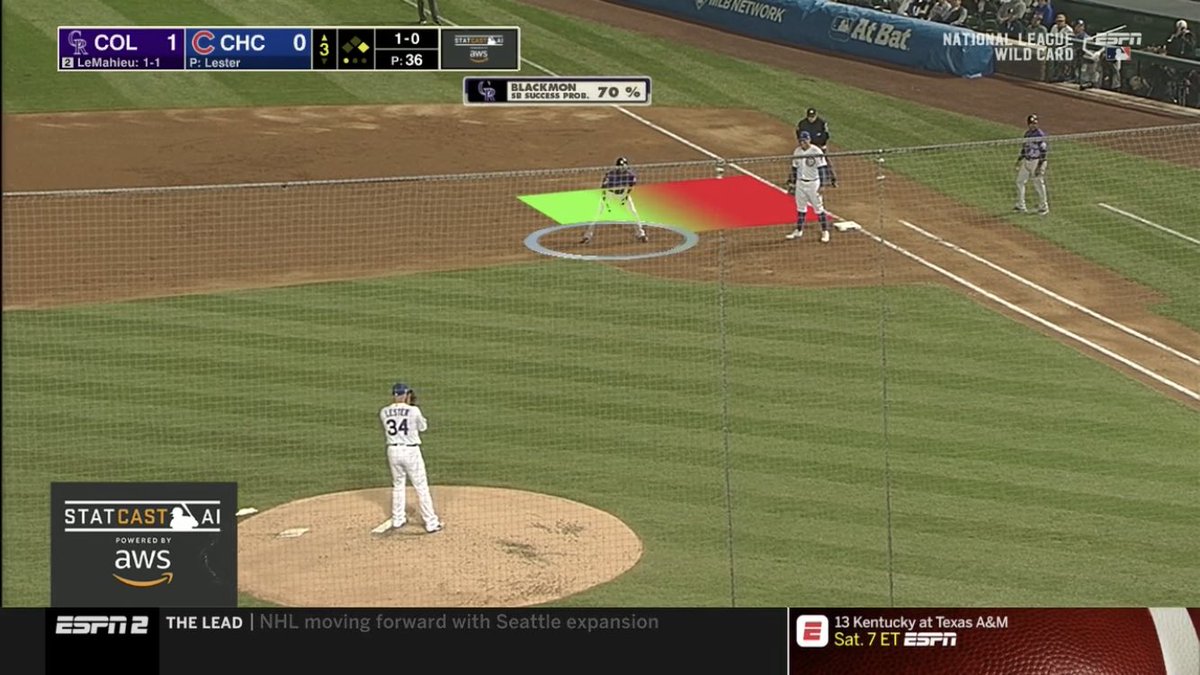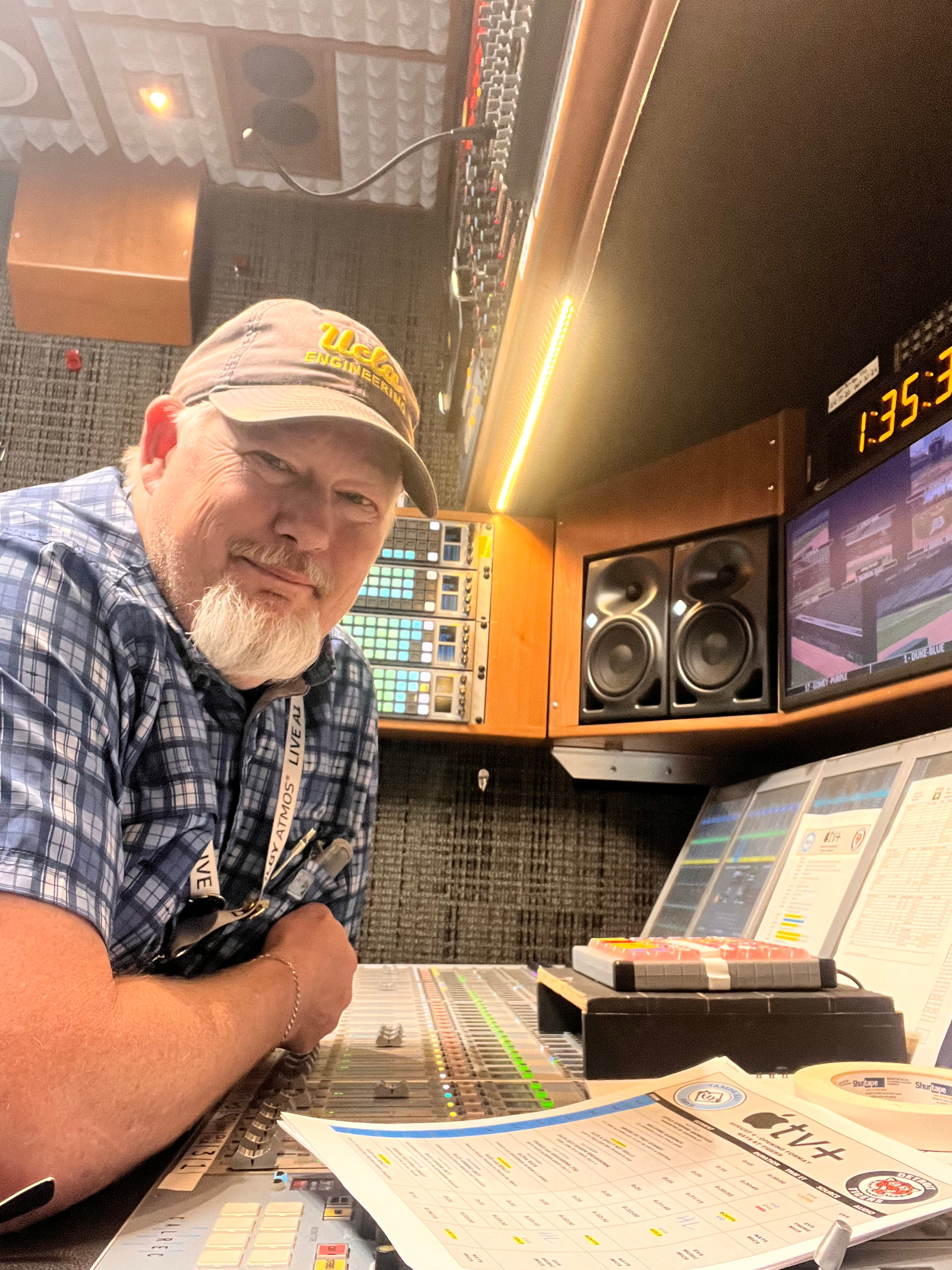Why Does A/V Sync Continue to Be an Issue for Broadcasters?
Every time I watch TV I observe A/V sync issues, but I decided to give broadcasters another look last month and was very surprised at what I saw and heard

The state of audio and video synchronicity in the broadcast world is definitely improving, but deficiencies are still apparent on some broadcasts, particularly sports.
Audio/video synchronization problems are aggravating and probably inevitable. Frequently many problems experienced in the home are solved by software updates, replacing cables, adjusting the hardware settings in your TV and on your soundbar or by simply unplugging the unit for 30 seconds.
A Head Scratcher
However, many persistent and seemingly random sync problems that plague broadcasters are a head scratcher. For example, how can various elements within a production such as wireless microphones and cameras be out of sync while other production elements are in sync? I used to think my problems were a Roku (streaming device) problem, but then the network goes to a commercial break or local news and that content seems to mysteriously be in sync. How can an entire program be out of sync while the national and local commercials are in sync?
Although picture and sound in DTV are transmitted together they are distinct streams of data and processed by separate hardware or software paths at the station and in TV receivers. Here lies most of the problems: At-home audio and video enhancements such as video upscaling and soundbar decoding through ancillary speakers require processing time.
Many issues can be resolved with a power reset, software download and even by putting a wire between your router and TV, eliminating the wireless aspect of Wi-Fi, but there are problems that the viewer cannot resolve, particularly in sports.
Out-of-sync audio and video sync can begin in the OB van or broadcast studio where the audio and video are captured, produced and processed independently of each other.
With any piece of digital equipment—for instance the mixing console—the microphones have to be digitized and attention must be paid to the input/output stage and with the monitoring.
The professional video industry's #1 source for news, trends and product and tech information. Sign up below.
Why? Because latency occurs with every digital conversion. High-end digital mixing consoles—such as those from Lawo, Calrec, Wheatstone and others—have resolved any noticeable delay, but with the pressure to reduce engineering costs, small and medium-sized operations have opted for mixing consoles from the PA industry that rely on I/Os that connect through CAT 5/6 along with console plug-ins for compressors and other processing equipment that certainly inject timing issues.
Mismatched conversion or sampling rates will certainly cause latency between digital equipment and can be easily overlooked during installation. At the end of the day, a “valid test” should be conducted to ensure that the audio and video are in sync before leaving the studio or OB van.
A Summer of Frustration
Every time I watch TV I observe A/V sync issues, but I decided to give broadcasters another look last month and was very surprised at what I saw and heard. Nothing demonstrates a sync issue better than the crack of the bat hitting a fastball or the whack of the golfer on a tee shot.
Earlier this season, ESPN’s Sunday Night Baseball caught my attention after I noticed that the first several batters were out of sync. This does not surprise me because the audio team might have to do some tweaking to get the sync dialed in. But after several innings the sync did not improve.
Months later, ABC/ESPN appeared to have their sync issues under control and their coverage of softball championships with RF microphones on the coaches and umpire seemed to match the picture. ESPN’s WNBA coverage was impressive because the net microphones and coaches’ microphone were spot-on with the commercial breaks. Later that day I observed that ESPN’s SportsCenter was in sync, but once again Sunday Night Baseball was off. How does that happen?

Baseball is a tedious sport to sync audio because of the various graphic sources that all inject some processing latency. I asked Glenn Stilwell, who produces and mixes baseball for Apple TV, what the numerous audio sync pinch points in baseball are.
“Foremost the pitchcast or strikebox,” he responded. “Second is the advertising boards [green screen] behind home plate. Third can be any low depth of field RF cameras that shoot presenters. And then there are wireless mics placed on the home plate umpire. Getting all that to sync with the video can be a challenge.”
Stilwell further said that “Camera 4 [center field] is the most common video signal that will need a sync adjustment, as it is the one typically used with the pitchcast and advertising signs. Camera 2 [high home] also has a different sync given that it is used to show certain graphics.”
In addition to baseball, golf is particularly difficult to sync because of the abundance of wireless microphones and cameras used. During my listening test I observed that both CBS and CW’s LIV golf were unacceptably out of sync.
I waited for CBS to show the booth announcers and noticed that they were slightly out of sync, but when they showed the roving announcers, the sync only got worse and the tee shots on both CBS and LIV golf were hideous. I curiously waited for CBS to go to “60 Minutes” and found the sync on “60 Minutes” to be acceptable.
Finally I observed that NBC NASCAR had various degrees of sync issues between the many RF microphones and even the commercials, but when the network switched to local news, the sync issues cleared up. During the day and evening I noticed that one of the four local networks had sync issues on all programming and that the talking heads on CNN, MSNBC and PBS were in sync.
Sync issues are pervasive and elusive and can occur in production, transmission, distribution, and finally, in the home. With production, anything wireless comes with timing problems. Additionally, when moving audio and video through the network, frame synchronizers and encoders need processing time to accomplish their tasks. Bit rate reduction, better known as “compression,” is always prone to timing issues.
I know the technology exists to initiate proper sync, and there are various “time stamping” schemes that can be used to insure and maintain sync. I know that sync issues have been addressed in these pages; however what I do not know is why sync is still a pervasive problem, particularly with sports. I would appreciate hearing from my engineering and video friends who can explain to this non-techie audio guy what’s going on.
Dennis Baxter has spent over 35 years in live broadcasting contributing to hundreds of live events including sound design for nine Olympic Games. He has earned multiple Emmy Awards and is the author of “A Practical Guide to Television Sound Engineering,” published in both English and Chinese. His current book about immersive sound practices and production will be available in 2022. He can be reached at dbaxter@dennisbaxtersound.com or at www.dennisbaxtersound.com.

